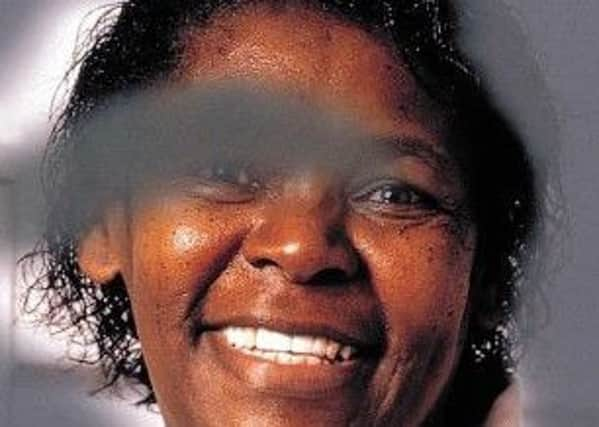Thousands could be suffering from loss of sight, charity warns


Glaucoma is the second largest cause of registered blindness in the UK but it is estimated almost half of those affected don’t know they have it.
Around 2,610 people in Angus have been diagnosed with the condition, and 52,000 people in Scotland.
Advertisement
Hide AdAdvertisement
Hide AdRNIB Scotland director Campbell Chalmers said: “Glaucoma has been nicknamed ‘the sneak-thief of sight’ because its effects are usually unnoticeable until a relatively advanced stage. By then the damage is done. Glaucoma doesn’t have any symptoms in its early stages so people can lose up to 40 per cent of their sight before they realise they have a problem.
“We need to ensure that people are diagnosed early so that they do not reach the stage where sight loss is irreversible.”
Glaucoma is the name for a group of eye conditions in which increased pressure within the eye squeezes the optic nerve and damages some of the nerve fibres. This nerve carries information from the retina (the light sensitive layer in the eye) to the brain where it is perceived as a picture. Peripheral vision is the first area to be affected. But if glaucoma is left untreated, the damage can lead to eventual loss of central vision.
Regular eye tests can pick up signs of the condition before any damage has occurred, maximising the chances of successful treatment. Some people are more at risk than others: those aged over 40, those of African and African/Caribbean origin, those with a family history of glaucoma, people with very short sight (severe myopia), and diabetics.
Advertisement
Hide AdAdvertisement
Hide Ad“Regular eye tests, which are free in Scotland, are vital if glaucoma is to be detected early and sight loss prevented,” emphasised Mr Chalmers. “Adults should have an eye test every two years. People over the age of 60 should have an annual eye test as should those over the age of 40 from higher risk groups. Since glaucoma is associated with advancing age, the number of patients requiring management of the condition is rising as life expectancy increases.”